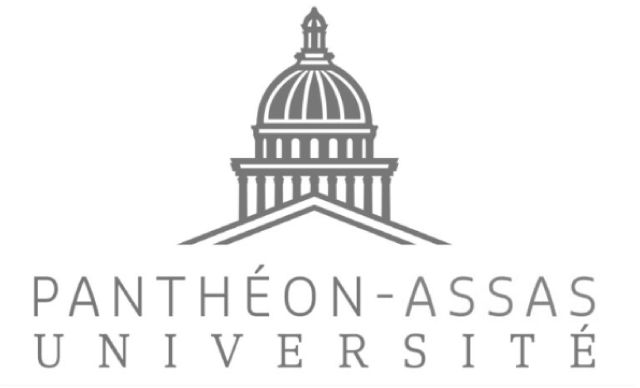The rise and decline of Asia-Europe Meeting (ASEM). The asymmetries and limitations of interregionalism
– Abstract
East Asia’s economic dynamism attracted the attention of European political leaders in the 1980s. The publication in 1994 by the European Commission of its communication « Towards a new Asia strategy » and the holding of the first Asia-Europe Meeting (ASEM) in Bangkok in September 1996 marked the first pan-European attempt by the European Union to enter into a process of dialogue with a considerably less institutionally structured pan-Asian region. Nevertheless, ten years of the ASEM process have failed to live up to initial expectations of interregionalism as one level in multi-layered global governance. This reflects, on the European side, the continuing tensions between intergovernmentalism and supranationalism as the modus operandi of the European Union. On the Asian side, it shows the lack of a coherent Asian region with which the EU can dialogue. Trapped between the Charybdis of multilateralism and the Scylla of bilateralism, interregionalism as a phenomenon engendered by globalization is at best a second-best option for political leaderships in both Europe and Asia. Thus, without a solid basis for development on both sides the future of Euro-Asian interregionalism seems problematical at best.
Cliquez sur l’icône pour télécharger le texte intégral en version PDF


